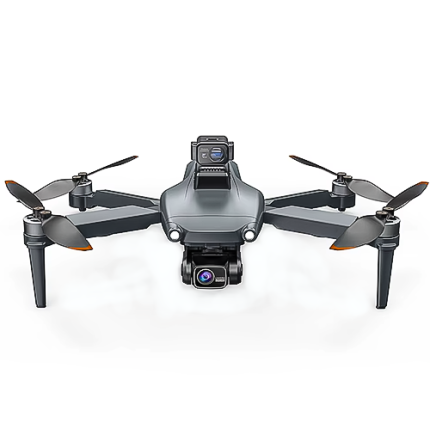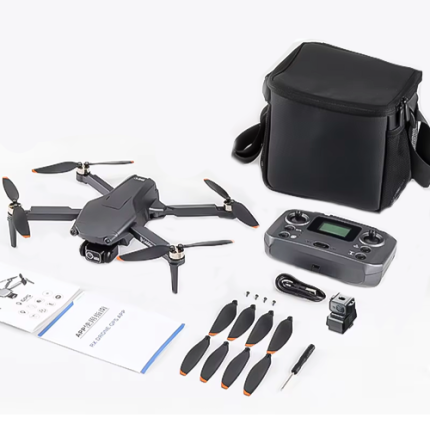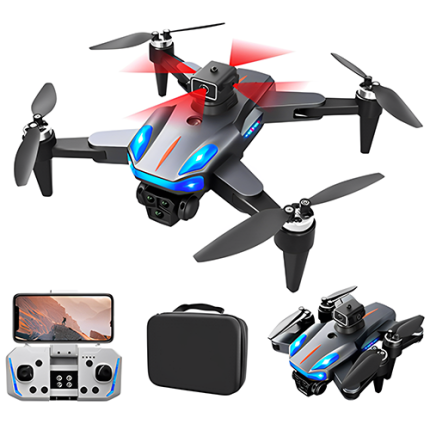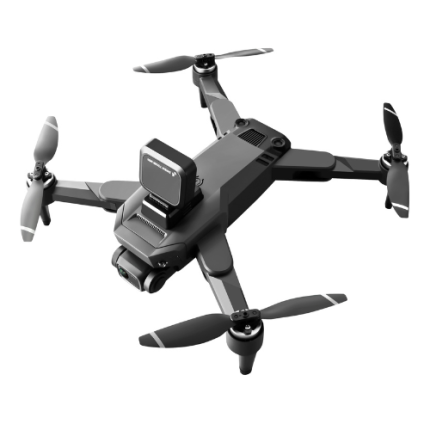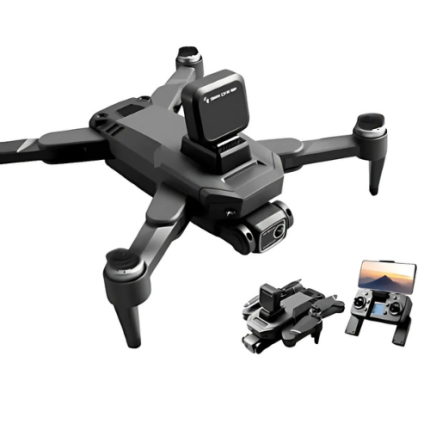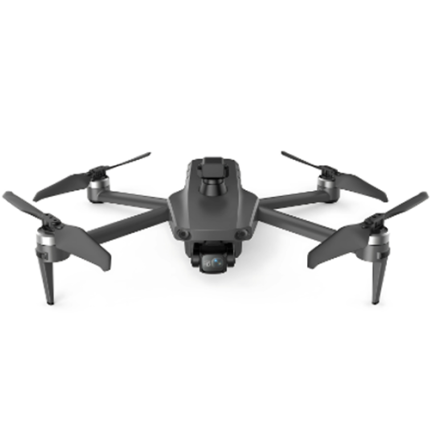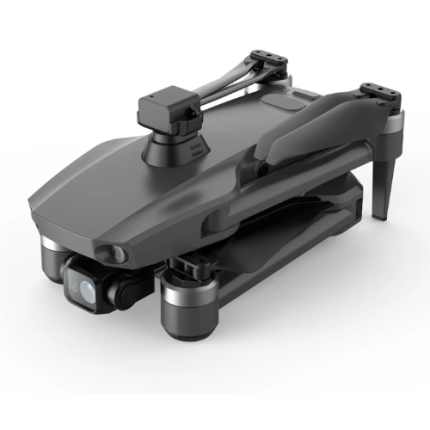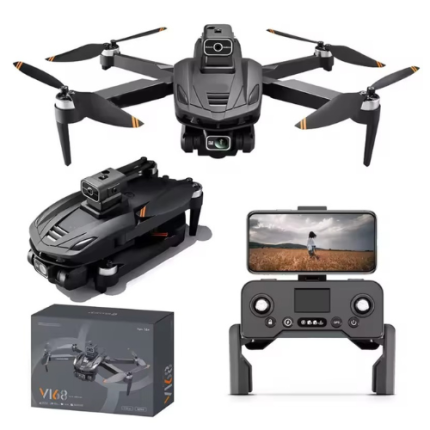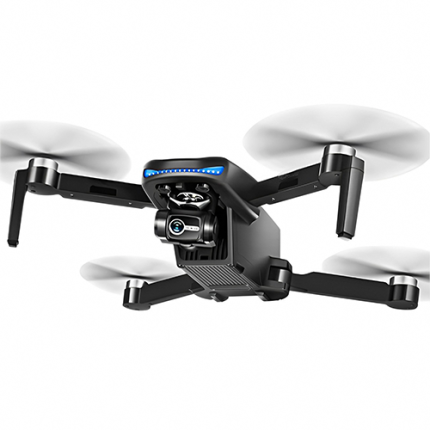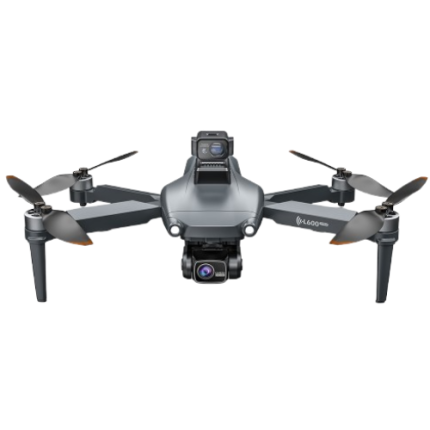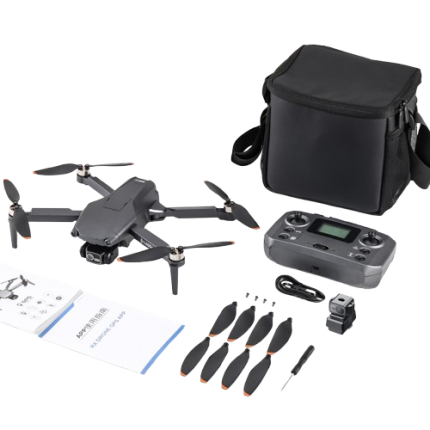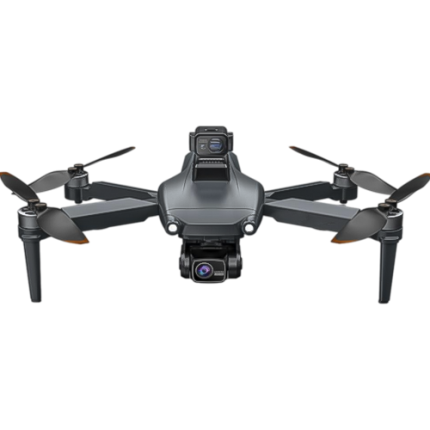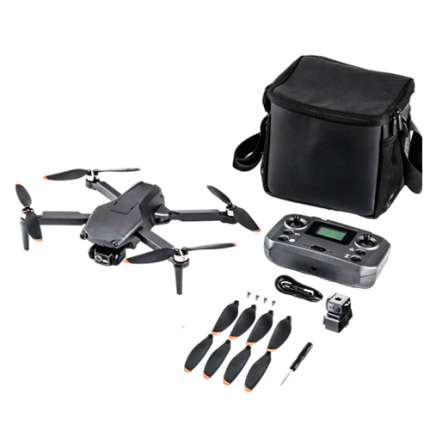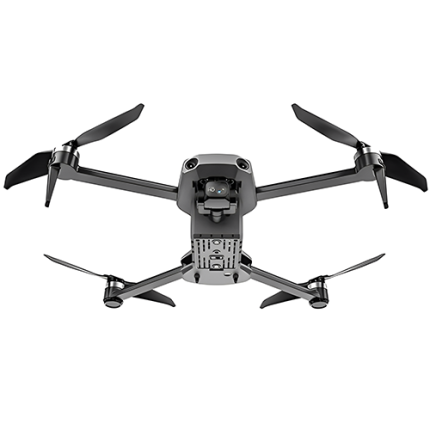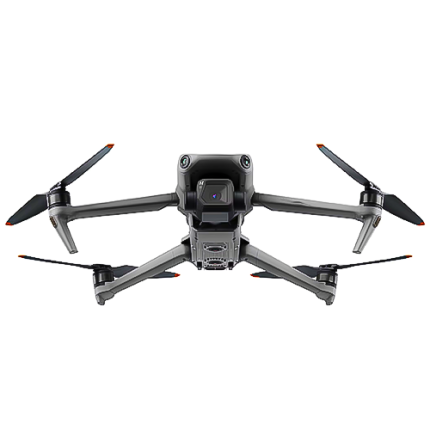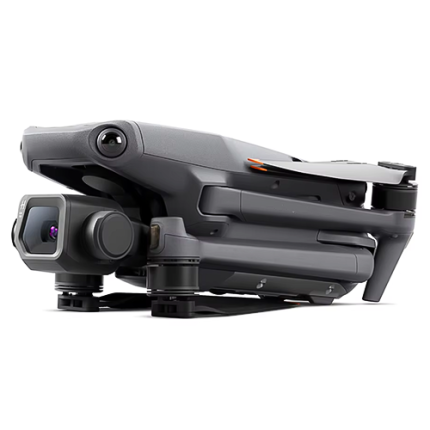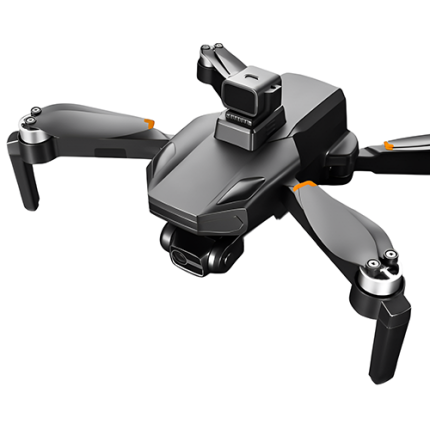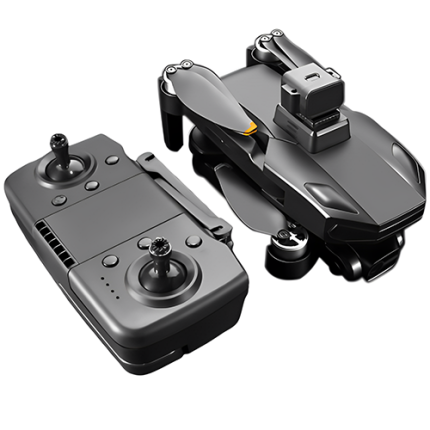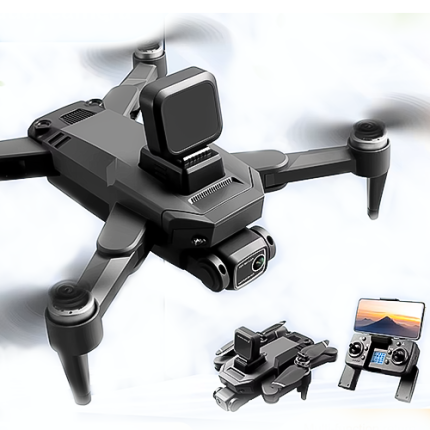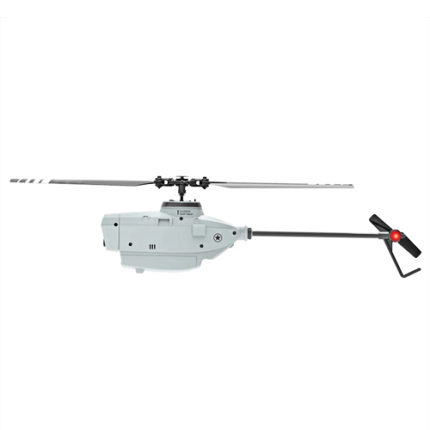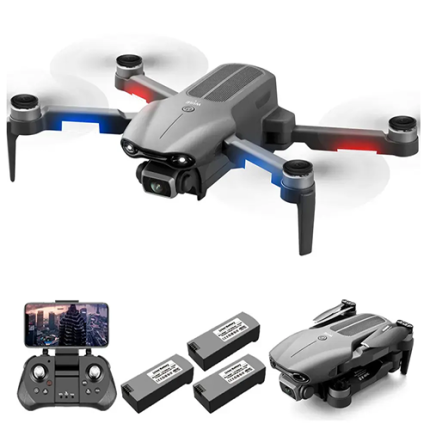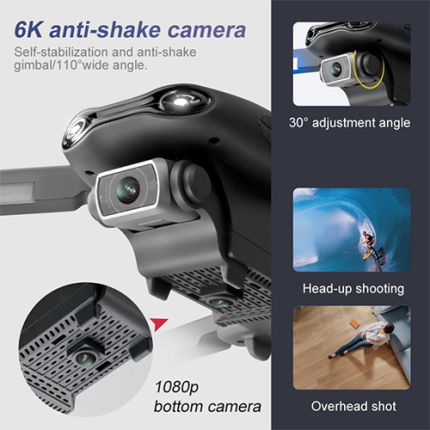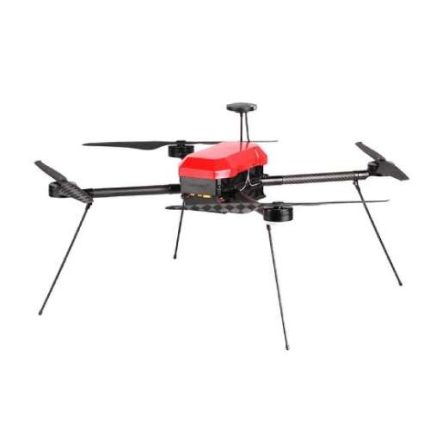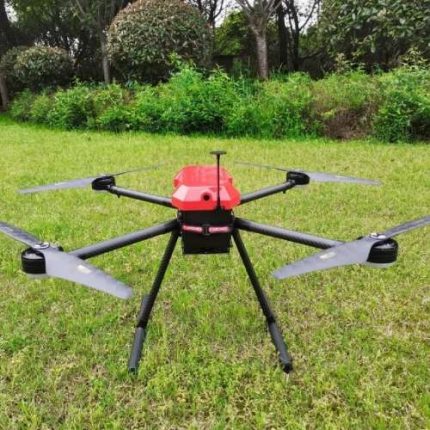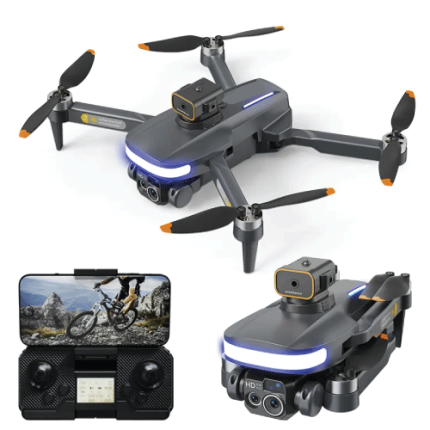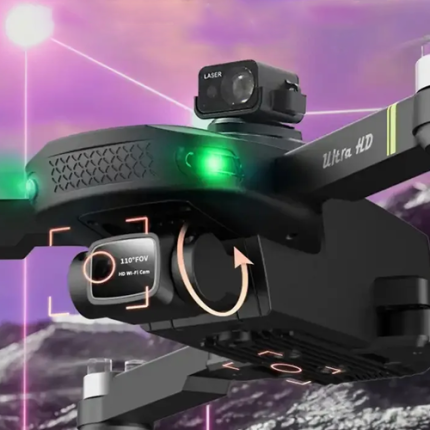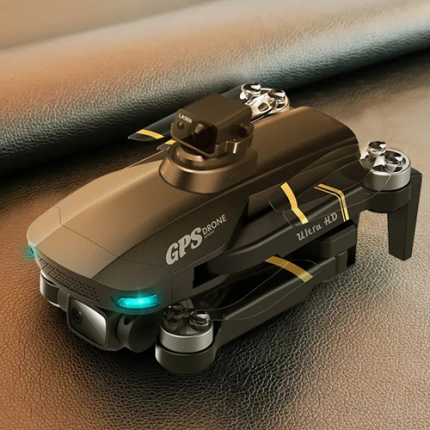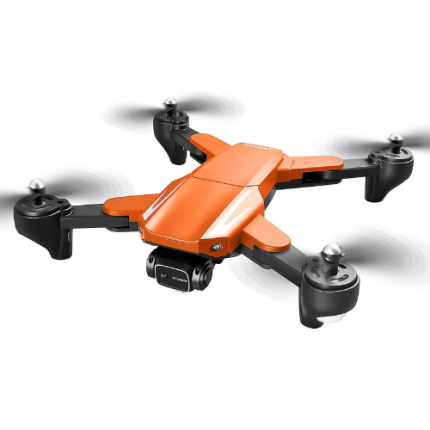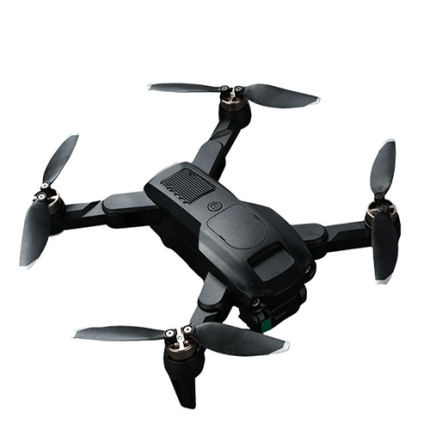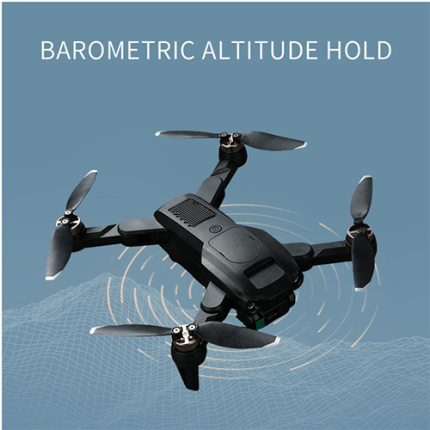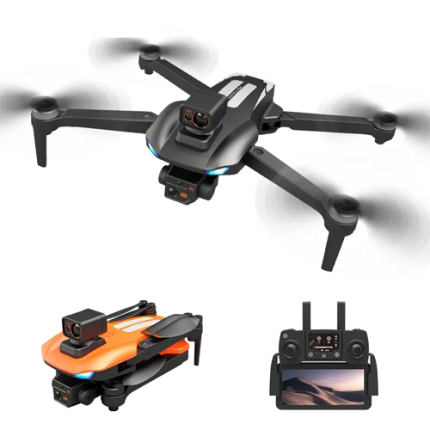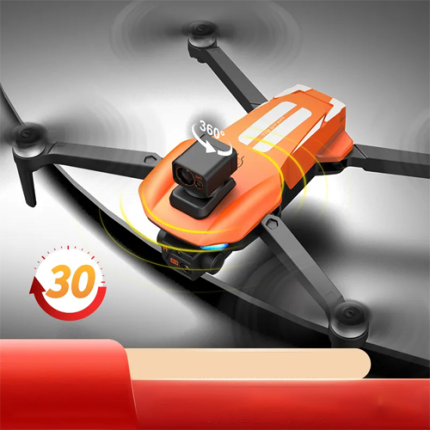GAO’s Collision-Avoidance Drones are advanced unmanned aerial vehicles (UAVs) equipped with sophisticated sensors and algorithms to detect and navigate around obstacles. These drones use technologies such as LiDAR, ultrasonic sensors, optical flow cameras, and GPS to create a real-time map of their surroundings. This map enables them to autonomously identify and avoid potential hazards, ensuring safe operation even in complex environments. The integration of machine learning and artificial intelligence further enhances their capability to predict and react to dynamic obstacles. Widely used in sectors like agriculture, logistics, and inspection, collision-avoidance drones significantly reduce the risk of accidents, enhance operational efficiency, and extend the range of applications where UAVs can be effectively and safely deployed.
The Collision-Avoidance Drones may also be called: Obstacle-Avoidance Drones, Anti-Collision Drones, Safety Drones, Autonomous Navigation Drones, Smart Drones, Self-Piloting Drones, Intelligent Flight Drones, Hazard-Avoidance Drones, Protective Drones and Navigation-Assisted Drones.
4K Drone with 1km Transmission & Obstacle Avoidance – GAOTek
4K Drone with Obstacle Avoidance and Intelligent Flight Modes – GAOTek
4K Dual Camera Quadcopter Advanced Stability Drone – GAOTek
4K GPS Drone with 40 Min Flight and Obstacle Avoidance – GAOTek
8K Camera Mini Compact Professional Quadcopter Drone – GAOTek
8K Foldable Drone with 3 Axis Gimbal and Long Flight Time – GAOTek
Advanced Stability and Long Flight Time 4K HD Drone – GAOTek
Beginner 4K Drone with 1km Transmission & Obstacle Avoidance – GAOTek
Brushless Turbo RC Drone with 4K Camera and Advanced Stability – GAOTek
Classic Aerial Drone for Dynamic Filmmaking – GAOTek
Drone with 8K Camera 30 Min Flight 1.2 Obstacle Avoidance – GAOTek
Drone with Three Axis Gimbal and High Quality Camera – GAOTek
Dual Camera Quadcopter for Aerial Adventures – GAOTek
Foldable Drone with Dual HD Cameras and Obstacle Avoidance – GAOTek
Foldable Mini Headless Mode Semi-Autonomous Photography Drone – GAOTek
GAOTek 6K Dual HD Camera GPS Drone
GAOTek AE6 Max GPS Professional Drone
GAOTek Aerial Photography Obstacle Avoidance Quadcopter Drone
GAOTek Autonomous Drone
GAOTek Avoidance Resistance Optical Flow GPS Drone
GAOTek Avoiding Brushless Drone Motor Quadcopter Professional Camera Drone
GAOTek Brushless GPS Aerial Photography Drone
GAOTek Brushless GPS Drone Quadcopter
GaoTek Brushless Obstacle Avoidance Quadcopter Drone
GAO’s Collision-Avoidance Drones are composed of the following components:
- Optical Cameras
- LiDAR (Light Detection and Ranging)
- Ultrasonic Sensors
- Infrared Sensors
- Radar
- Onboard Computers
- GPUs (Graphics Processing Units)
- GPS (Global Positioning System)
- Inertial Measurement Units (IMUs)
- Radio Transmitters and Receivers
- Telemetry Systems
- Path Planning Algorithms
- Machine Learning Models
- Batteries
- Power Distribution Units
GAO Tek’s Collision-Avoidance Drones have the following functions:
- Obstacle Detection and Avoidance: The core functionality of these drones is to detect obstacles in their flight path and maneuver to avoid collisions.
- Autonomous Navigation: GAO’s collision-avoidance drones can navigate autonomously without human intervention, making them ideal for complex and dynamic environments.
- Enhanced Safety: We are enhancing the safety of drone operations as a critical function, particularly in populated or sensitive areas.
- Precision in Complex Missions: These drones are vital for missions that require high precision and maneuverability, such as inspection, mapping, and delivery services.
- Extended Operational Range: The collision-avoidance capabilities extend the operational range of drones by allowing them to fly safely in previously inaccessible or risky environments.
- Improved Data Collection: By safely navigating complex environments, these drones can collect more accurate and comprehensive data.
- Fleet Coordination: In applications involving multiple drones, our collision-avoidance systems help in coordinating the fleet to avoid in-flight collisions.
- Reduced Pilot Workload: By automating the obstacle detection and avoidance process, these drones significantly reduce the workload on human pilots.
GAO Tek’s Collision-Avoidance Drones comply with applicable industry standards such as:
- IEEE 802.11 (Wi-Fi)
- ASTM F3002-14
- ISO 21384-3
- RTCA DO-178C
- RTCA DO-254
Our Collision-Avoidance Drones helps our customers comply with relevant U.S. government regulations such as:
- Registration
- Part 107 Rules
- Special Rules for Model Aircraft
- Avoiding Other Aircraft and Hazards
- Remote Identification Rule
- No-Fly Zones
- Safety and Compliance
Our Collision-Avoidance Drones helps our customers comply with relevant Canadian government regulations such as:
- Basic Operations Regulations
- Registration and Marking
- Pilot Certification
- Collision Avoidance and Safety Features
- Flying Near People and Buildings
- Prohibited Areas
- Special Flight Operations Certificate (SFOC)
Our Collision-Avoidance Drones have the following applications:
- Infrastructure Inspection: Drones equipped with collision-avoidance systems are employed for inspecting bridges, buildings, and other critical infrastructure. These drones can navigate complex structures safely, avoiding collisions with obstacles such as cables or protrusions, while capturing high-resolution imagery and data for analysis.
- Precision Agriculture: Agriculture drones equipped with collision-avoidance capabilities are used for crop monitoring and spraying. They can navigate through fields autonomously, avoiding trees, power lines, or other structures, thereby ensuring precise application of fertilizers or pesticides without damage to crops or obstacles.
- Emergency Response: During disaster response operations, such as firefighting or search and rescue missions, drones play a crucial role. Collision-avoidance technology enables them to navigate through hazardous environments safely, providing real-time aerial surveillance and aiding first responders in assessing situations without endangering additional lives.
- Delivery Services: Companies exploring drone delivery services rely on collision-avoidance technology to ensure packages reach their destinations safely and on time. These drones can navigate urban landscapes or rural areas, avoiding buildings, trees, and other aerial traffic, while adhering to airspace regulations.
- Film Production: In the entertainment industry, drones are increasingly used for filming aerial shots in movies and commercials. Collision-avoidance systems help these drones manoeuvre through dynamic environments, capturing cinematic footage while avoiding actors, props, and other equipment on set.
- Environmental Monitoring: Drones equipped with collision-avoidance capabilities are utilized for environmental monitoring tasks such as wildlife tracking, forest mapping, and pollution assessment. They can fly through dense forests or over bodies of water, avoiding natural obstacles and human-made structures, while collecting valuable data for conservation efforts.
- Construction and Surveying: In the construction sector, drones equipped with collision-avoidance systems aid in surveying sites and monitoring construction progress. They can navigate around scaffolding, cranes, and other equipment on construction sites, providing accurate data to project managers and architects.
Below are our resource pages containing useful information on Collision-Avoidance Drones:
FAQs on Collision-Avoidance Drones
How to Choose a Collision-Avoidance Drone
Components of a Collision-Avoidance Drone
Operation, Maintenance & Calibration of a Collision-Avoidance Drone
Customers in the U.S. and Canada of Collision-Avoidance Drones
Our Collision-Avoidance Drones are in stock, can be shipped overnight within the continental U.S. and Canada from a nearby warehouse in the U.S. or Canada, and can be shipped globally.
We provide 24/7 support. If you have any questions, our technical experts can help you. Please fill out this form or email us.

